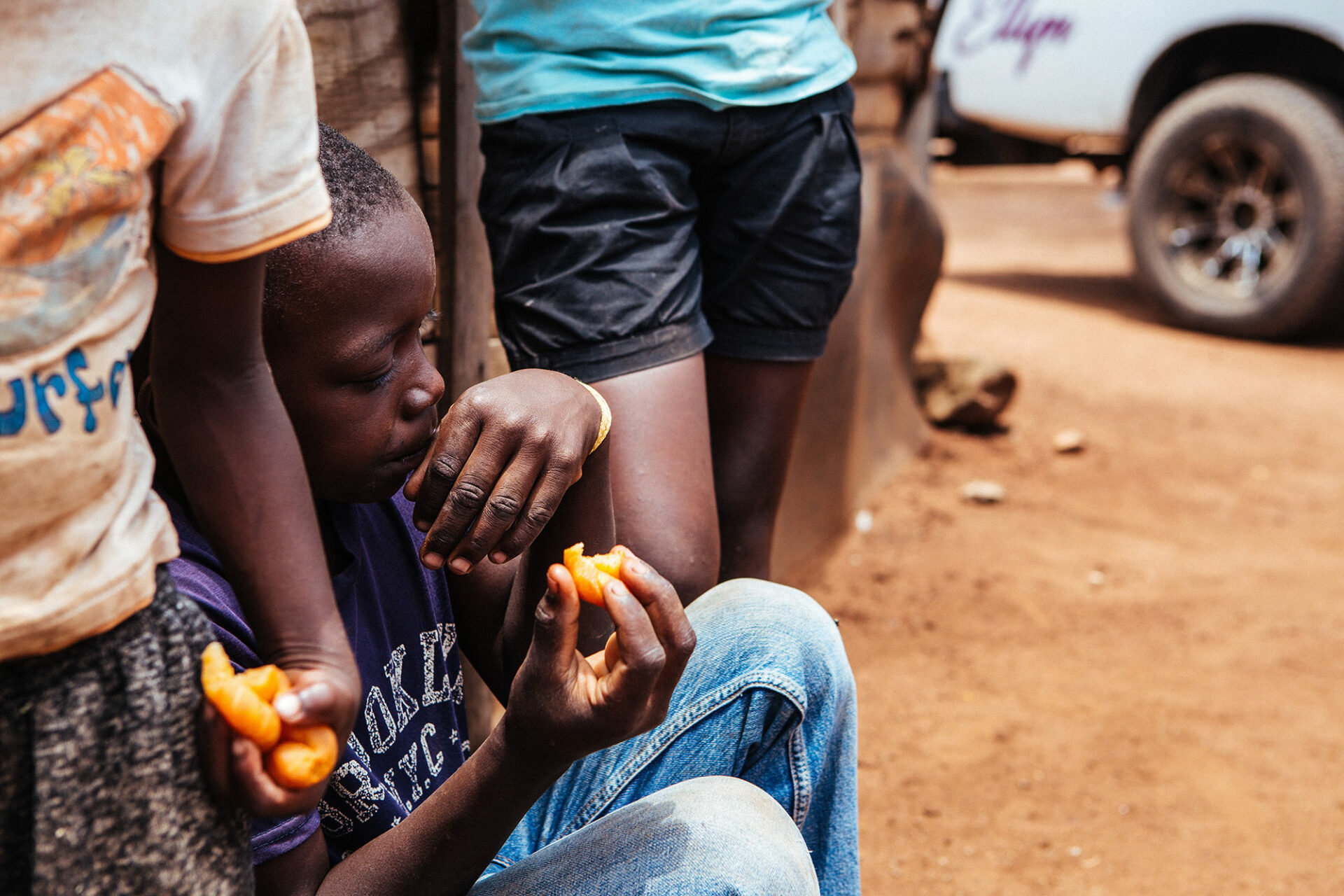Food Rights Alliance
The neglected miracle approach towards household food security
Meet Ms. Akwi Joyce, a farmer from Omodio Sub County, who lives in a homestead of 12 people. She met Food ~Rights Alliance through her women farmer’s group in Omodio, where she volunteered to participate as a model farmer for the FRA/IDF farm-planning programme.

She met FRA through her women farmer’s group in Omodio, where she volunteered to participate as a model farmer for the FRA/IDF farm-planning programme.
Meet Ms. Akwi Joyce, a farmer from Omodio Sub County, who lives in a homestead of 12 people. She met FRA through her women farmer’s group in Omodio, where she volunteered to participate as a model farmer for the FRA/IDF farm-planning programme. The team caught up with Joyce again, during our endeavor to document case studies of the application of the farm-planning system among our selected farmers in the Soroti and Katakwi districts.
At the start of this programme, Joyce participated in drawing her farm on paper. This exercise was done for selected farmers to put to paper their current farm setting. Additionally, they were asked to draw how they wanted their farms to look, while adhering to the principles of farm planning and farm proportioning.
After receiving training on the system of separating farms, Joyce took to task these practices to reflect what she had set out to achieve in her illustrated future plan.
After receiving training on the system of separating farms, Joyce took to task these practices to reflect what she had set out to achieve in her illustrated future plan. Joyce grows citrus fruits, cassava, simsim, sorghum, cassava and beans in her garden. Although the task to concretely separate her garden has been met with a lot of challenges, there was a clear indication that she was on the road to achieving this, as there was a difference between her current planting and what she had been doing previously. Among the crops for home consumption were cassava, groundnuts and beans, while citrus, sorghum and cassava were for sale.
While walking through her farm, Joyce reiterated her benefits from the system of separating gardens.
While walking through her farm, Joyce reiterated her benefits from the system of separating gardens. She noted that this system opened her mind to use what little she had to provide for her family. This system, she noted, reduced the poverty and hunger of her family, as she is now able to sell some, while remaining with food for the household. This system also increased her business and planning initiatives and grounded her. Joyce has been able to reinvest her earnings into buying goats and chicken and more seeds for sale. Joyce noted that in sticking to her regiment of selling specific crops, she has had the discipline to wait for the right price in the market, as she has been able to save her food for sale.
Learn more about our knowledge management strategies and how we help ending nationwide hunger ›
Joyce has been able to sell more in seasons of scarcity for some crops, like sorghum, among other crops.
She has been able to sell more in seasons of scarcity for some crops, like sorghum, among other crops. With food to eat, the family no longer taps into food for sale, thus enabling them to keep food intended for market for longer periods of time, when prices are better. “Food for our family is now enough,” she said. Among the benefits she cited was the peace that the family has at the moment with no cases of domestic violence that had been rampant in previous years due to lack of food in the house.
Like many farmers in Teso, Joyce faces challenges caused by erratic climate change in the region. Water for production at her farm remains one of her greatest challenges. Joyce is also plagued with the issue of food storage, with little equipment and knowledge of ways of storing her food.
Get the facts on hunger and poverty ›

